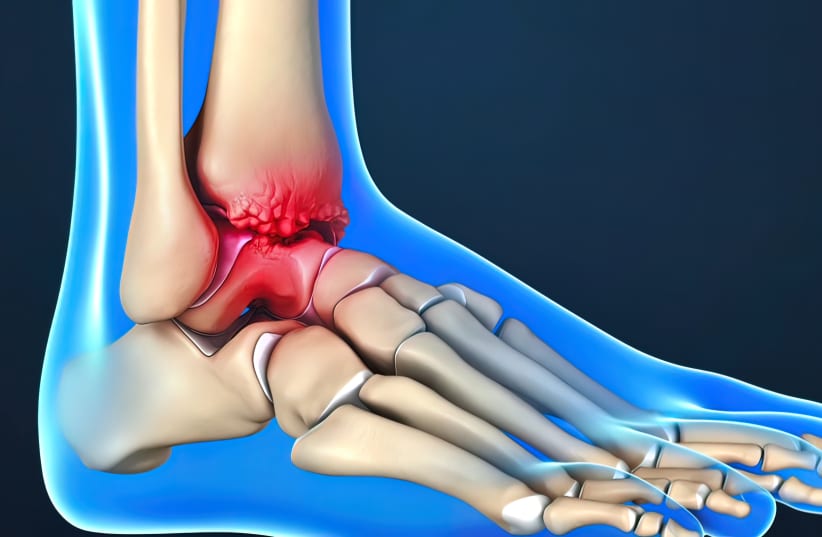Osteoarthritis – the most common form of arthritis that is incurable and occurs when the protective cartilage that cushions the ends of the bones wears down over time – affects 15% of the world’s population over the age of 30. By 2050, almost a billion people are expected to suffer from it, and you may be one of them.
Aging, population growth, and obesity are the main causes of the disease, which can damage any joint, but most commonly those in the hands, knees, hips, and spine.
Osteoarthritis symptoms can usually be managed, although the damage to joints can’t be reversed. Staying active, maintaining a healthy weight, and receiving certain treatments could slow the progression of the disease and help improve pain and joint function.
The World Health Organization has designated 2021 to 2030 as” the decade of healthy ageing,” which highlights the need to address diseases such as osteoarthritis that strongly affect functional ability and quality of life.
Now the prestigious journal The Lancet warns that osteoarthritis is reaching epidemic proportions. Dr. Jacek Kopek, senior author and professor in the School of Population and Public Health at the University of British Columbia, wrote the article under the title “Global, regional, and national burden of osteoarthritis, 1990–2020 and projections to 2050: a systematic analysis for the Global Burden of Disease Study 2021.”
What is causing the osteoarthritis epidemic?
Obesity is a major contributor to osteoarthritis, as it is responsible for about a fifth of the disability of osteoarthritis. The risk increases with age – in those over 70, the condition ranked seventh among causes for years lived with disability. The most common spots for osteoarthritis are knees and hands; by 2050, osteoarthritis of the knee will increase by 75% and osteoarthritis of the hand by 50%. Women are at higher risk than men to get the disease.
Kopek’s study found that in 1990, 256 million people had osteoarthritis. By 2020, this number rose to 595 million people, which was a 132% increase from 1990. By 2050, this number will almost double.
“With the key drivers of people living longer and a growing world population, we need to anticipate stress on health systems in most countries,” explained Dr. Jaimie Steinmetz, the paper’s corresponding author and lead research scientist at IHME. “There is no effective cure for osteoarthritis right now, so it’s critical that we focus on strategies of prevention, early intervention, and making expensive, effective treatments like joint replacements more affordable in low- and middle-income countries."

